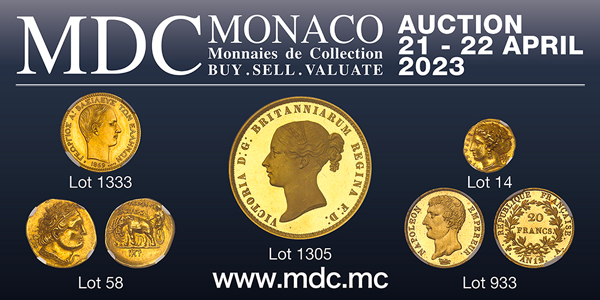
PREV ARTICLE
NEXT ARTICLE
FULL ISSUE
PREV FULL ISSUE
VOCABULARY TERM: MODELHere's another entry from Dick Johnson's Encyclopedia of Coin and Medal Terminology. -Editor Model. The product of the artist after he completes creating the relief. The model can be exact size, or oversize for pantographic reduction. Models for coins and medals have been made in a variety of materials – wax, clay, plasteline, plaster, wood, plastic, metal, stone, marble. Most often the artist works in a soft pliable material, such as clay, then prepares a hard cast of his model in plaster, or in very recent times, in epoxy. This cast can then be used by mints or medalmakers to prepare the dies by mechanical means. When dies were cut by hand, only rarely did an artist prepare a three-dimensional model, which the hand engraver would copy by cutting the three-dimensional design into the steel die. Carving of wood models for coins and medals was done in Germany in the 16th century (called stechstein), or even models made of carved stone (solnhofer) were created for this purpose. This added a step between original design and the completed hand-engraved die, but allowed for two artists, perhaps highly specialized or talented in each technique, to create an exceptional die for striking. Some of these models from previous centuries still exist and are highly prized by collectors and museums.
To read the complete entry on the Newman Numismatic Portal, see:
Wayne Homren, Editor The Numismatic Bibliomania Society is a non-profit organization promoting numismatic literature. See our web site at coinbooks.org. To submit items for publication in The E-Sylum, write to the Editor at this address: whomren@gmail.com To subscribe go to: https://my.binhost.com/lists/listinfo/esylum All Rights Reserved. NBS Home Page Contact the NBS webmaster 
|
